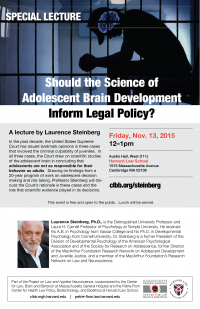By Martijn P. van den Heuvel, Lianne H. Scholtens, Lisa Feldman Barrett, Claus C. Hilgetag, and Marcel A. de Reus | The Journal of Neuroscience | October 14, 2015
Abstract:
The rich variation in cytoarchitectonics of the human cortex is well known to play an important role in the differentiation of cortical information processing, with functional multimodal areas noted to display more branched, more spinous, and an overall more complex cytoarchitecture. In parallel, connectome studies have suggested that also the macroscale wiring profile of brain areas may have an important contribution in shaping neural processes; for example, multimodal areas have been noted to display an elaborate macroscale connectivity profile. However, how these two scales of brain connectivity are related—and perhaps interact—remains poorly understood. In this communication, we combined data from the detailed mappings of early twentieth century cytoarchitectonic pioneers Von Economo and Koskinas (1925) on the microscale cellular structure of the human cortex with data on macroscale connectome wiring as derived from high-resolution diffusion imaging data from the Human Connectome Project. In a cross-scale examination, we show evidence of a significant association between cytoarchitectonic features of human cortical organization—in particular the size of layer 3 neurons—and whole-brain corticocortical connectivity. Our findings suggest that aspects of microscale cytoarchitectonics and macroscale connectomics are related.




